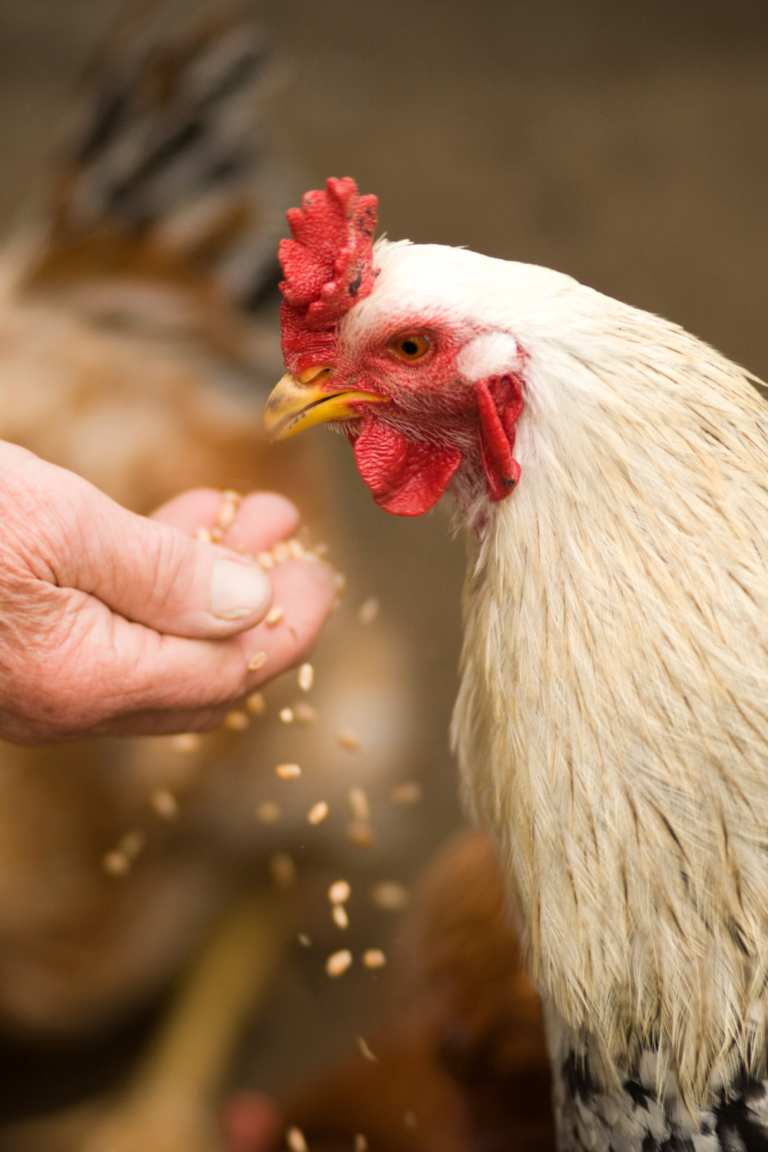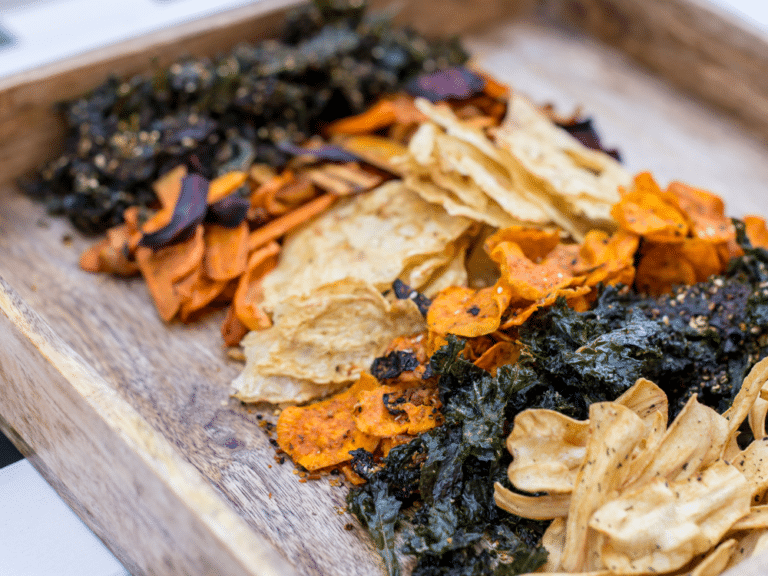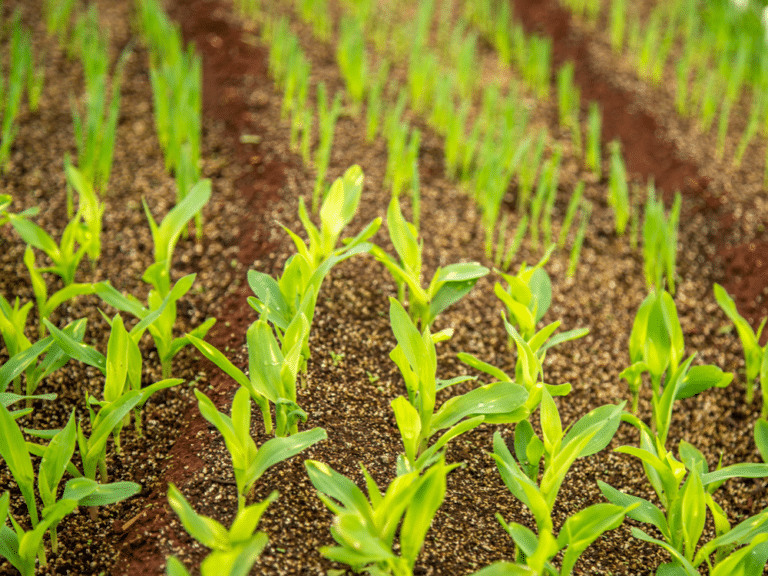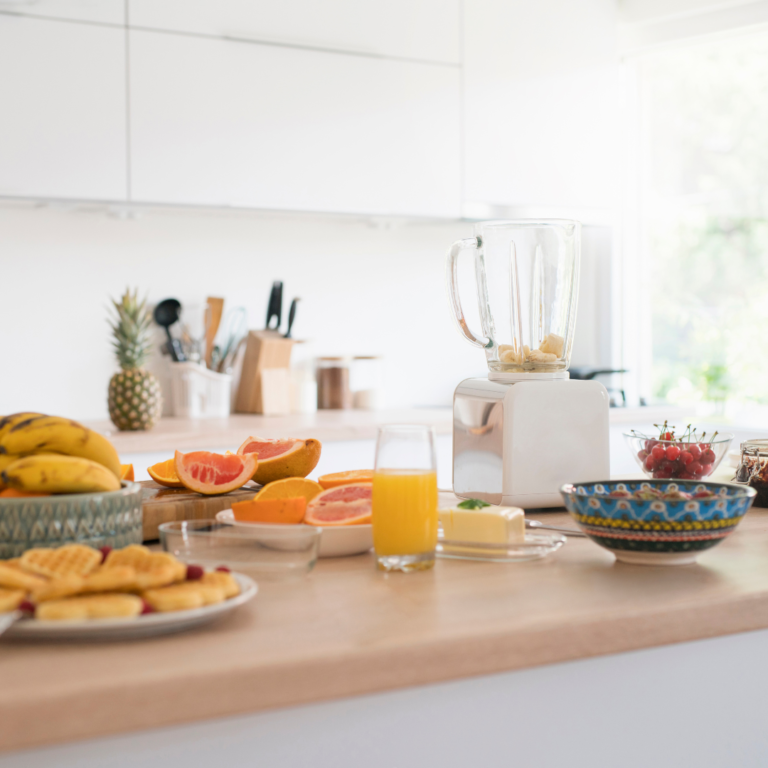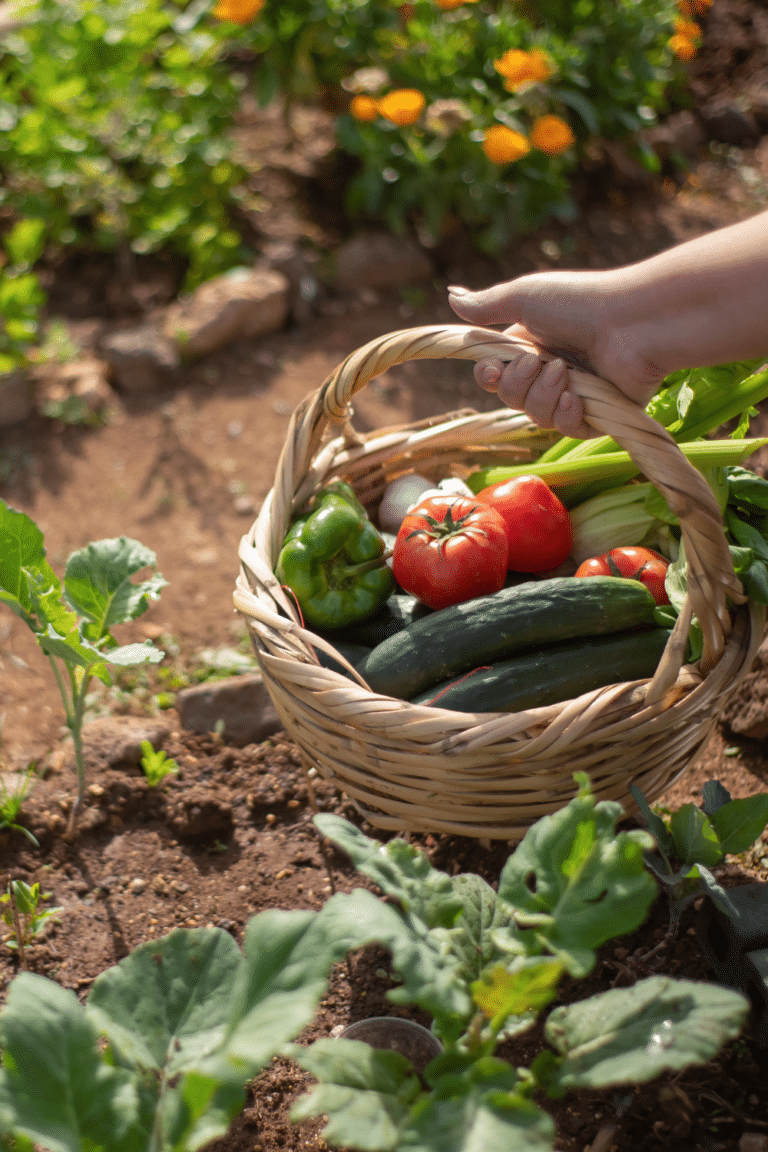Pickling 101: How to Pickle Your Own Foods
This post may contain affiliate links. Read the full disclosure here.
Let’s talk Pickling 101: How to Picked Your Own Foods!
Pickles are one of the most popular condiments in the world. They are often made with cucumbers, but you can pickle just about any type of food.
In this guide, we will show you how to pickle your own foods.
What is Pickling?
Pickling is the process of preserving food in an acidic solution. The acidity prevents the growth of bacteria, mold, and yeast. Pickles can be made with vinegar, citrus juice, or brine (water + salt).
It is one of the oldest methods of preserving food and is part of cuisines from all over the world.
Pickling is a great way to preserve the bounty of the harvest. Pickles of all kinds are perfect for adding some extra flavor to your meals.
What Kinds of Foods Can I Pickle?
Cucumbers are usually the first thing that comes to mind when you think of pickles, but you can pickle just about any type of food.
Here are some other popular picks:
- Fruits: cherries, grapes, strawberries, pears, lime
- Vegetables: carrots, green beans, cauliflower, onions, peppers, asparagus
- Meat: chicken, pork, beef
- Fish: salmon, tuna, sardines
- Nuts and seeds: peanuts, cashews, pumpkin seeds
- Dairy: eggs, cheese
Supplies for Pickling
Pickling can be done with very basic supplies. Here’s what you need:
- Mason jars or other airtight containers
- Lids that fit your jars
- A pot for boiling water
- Vinegar, citrus juice, or brine (water + salt)
- Your favorite spices and herbs
Making the Brine
There are many, many recipes out there for different kinds of pickling brine so it’s a good idea to try a few and see what you like. A classic pickling brine that works for pretty much any food is made from white vinegar, water, and pickling salt.
To make it, combine
- 3 cups of white vinegar
- 3 cups of water
- 3 tablespoons of pickling salt
If you want to sweeten up your pickles a bit, you can add a tablespoon of white sugar, too.
How to Pickle Foods
The process of pickling is relatively simple. You will need some jars, a pot, and some type of acidic liquid for the brine.
1. Start by sterilizing your jars and lids. You can do this by boiling them in water for 10 minutes.
2. While your jars are boiling, prepare your vegetables or fruits. Wash them and cut them into the desired shapes. Remove any stems or blemished areas.
3. In a pot, bring your vinegar, citrus juice, or brine to a boil.
4. Add your spices and herbs to the boiling liquid.
5. Carefully add your fruits or vegetables to the hot liquid.
6. Using a funnel, pour the pickling liquid into your jars, leaving about ½ inch of headspace at the top.
7. Seal your jars with the lids and let them cool.
8. Store your pickled foods in a cool, dark place.
Adding Herbs and Other Flavorings
Adding herbs and spices changes the flavor of the pickles and is a great way to experiment. Some common flavorings include:
- dill seed
- garlic
- onion
- mustard seed
- celery seed
- cumin
- peppercorn
- cloves
- hot peppers
All of these can be added to the brine before you add your fruits or vegetables. You can also add fresh herbs to the jars after you’ve filled them with pickles for a milder flavor.
How to Make Refrigerator or Quick Pickles
Refrigerator pickles or quick pickles are a great way to enjoy the flavor of pickles without all the work. They are also a great way to use up small amounts of vegetables or fruits.
To make refrigerator pickles, you will need:
- 1 pound of vegetables or fruit
- 1 cup of vinegar, citrus juice, or brine
- 1 cup of water
- 1 tablespoon of pickling salt
- 1 tablespoon of sugar (optional)
- Spices and herbs (optional)
To make them, simply combine all of the ingredients in a jar and stir. Let the pickles sit for at least an hour before eating. Store them in the refrigerator for up to two weeks.
Pickling Tips
Want to know how to make the perfect pickles? Here are a few tips:
- Use fresh, crisp fruits and vegetables. Overripe or mushy produce will not pickle well.
- Cut your fruits and vegetables into even-sized pieces so that they will pickle evenly.
- Be sure to use sterilized jars so that your pickles will last longer.
- Add fresh herbs or spices for extra flavor.
- Be patient! It takes at least a week for the pickles to reach their peak flavor.
- Take notes during your pickling experiments so you can recreate your favorite batches or make adjustments to improve upon them.
- Experiment with different spices and herbs to find your favorite flavor combination.
- If you see mold growing on your pickles, toss them out.
Pickling Ideas
If you’re looking for some ideas when it comes to pickling, try some of these ideas:
- Try pickled asparagus with garlic, lemon, and pepper
- Pickled peppers with lime and garlic
- What about pickled watermelon rind with ginger and mint?
- Pickled beets with orange and cloves
- Pickled strawberries with balsamic vinegar
What To Do With Your Homemade Pickles
Pickles are usually served as a condiment – you’re probably familiar with the dill pickle chips on a hamburger.
Other types of pickles make a great addition to all kinds of meals! Here’s how you can serve them:
- Serve hot pickled peppers with tacos or chili.
- Add pickled watermelon rind to a green salad.
- Use pickled beets as a pizza topping.
- Serve pickled limes with curry or rice dishes.
- Add pickled carrots to a hummus plate.
The possibilities are endless! Adding pickles to your meals is a great way to add a ton of flavor.
Frequently Asked Questions
What is the difference between pickling and canning?
Pickling is a way to preserve food in an acidic solution, while canning is a way to preserve food in a sealed container. Both pickling and canning will extend the shelf life of your foods. Pickled foods can be canned, but not all canned foods are pickled.
Do I need to refrigerate my pickles?
Yes, you should store your pickled foods in the refrigerator. They will last longer this way.
Can I pickle without vinegar?
Yes, you can pickle with citrus juice or salt water brine instead of vinegar.
Can I use table salt instead of pickling salt?
Yes, you can use table salt, but it can make the brine look cloudy. Pickling salt has a finer grain so it dissolves more easily. Kosher salt is a preferable alternative to pickling salt. Kosher salt isn’t as If you decide to use kosher salt, use 1.5 tablespoons per cup of vinegar instead of the 1 tablespoon per cup recommended in this post.
Once you learn how to make your own pickles, you’ll love being able to customize the flavors to suit your taste. Learn how to can them here! So get pickling and enjoy the delicious results!

Photo by Prchi Palwe on Unsplash
See our Airstream Remodel Reveal here!


